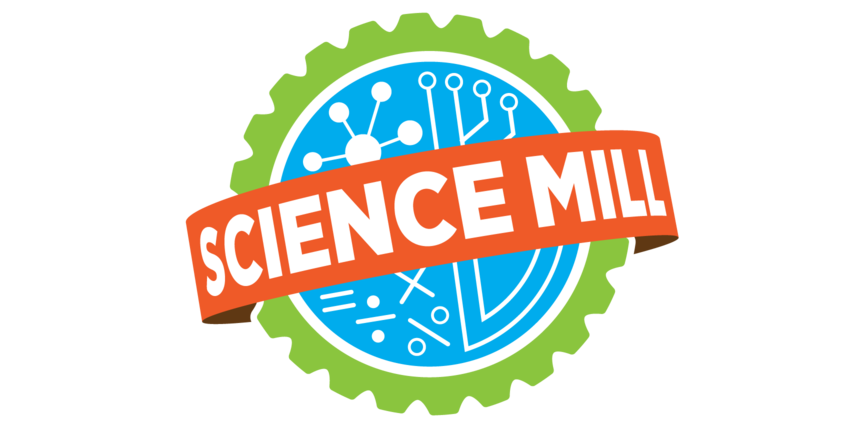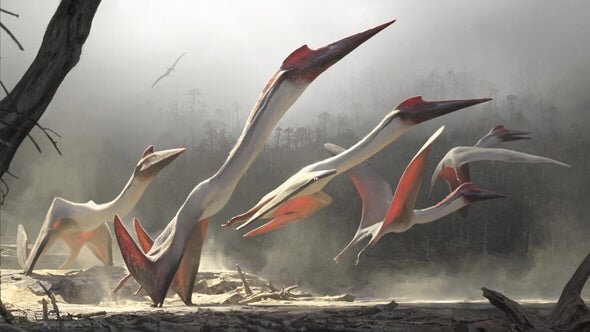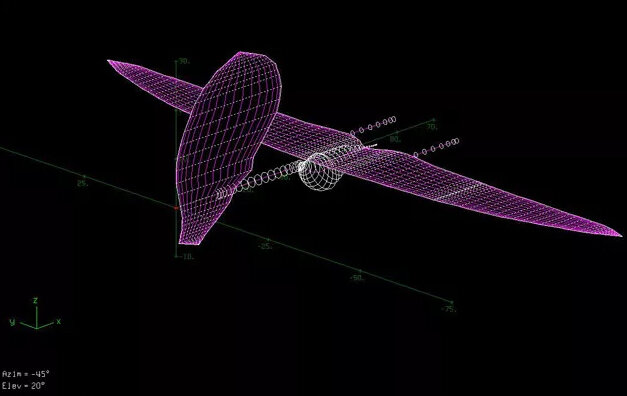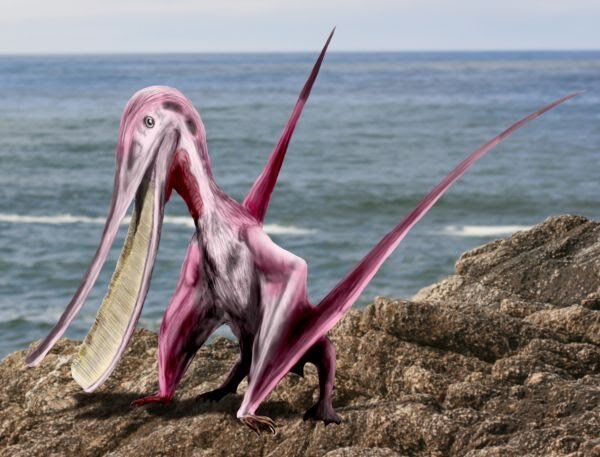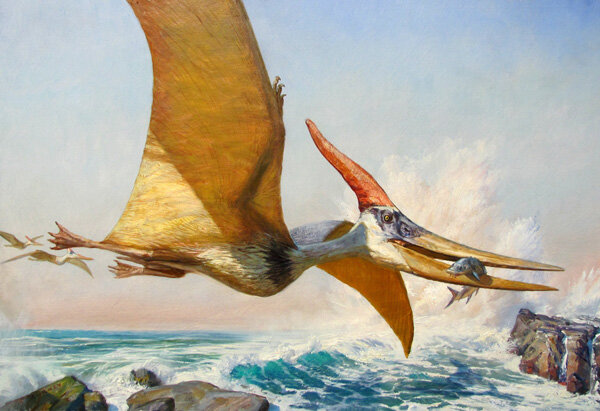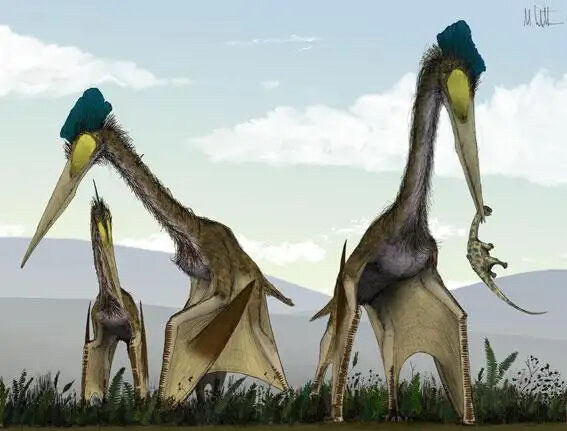Plan a Hill Country road trip with kids
If your summer bucket list includes “Family time,” “Road trip,” and “Learn something new,” a visit to Johnson City will check all the boxes! To help you plan the perfect Hill Country getaway, we’ve rounded up kid-friendly spots around Johnson City, whether you’re traveling U.S. 281 or U.S. 290.
NOTE: Check websites or call ahead to confirm current availability, hours and policies; some attractions require advance reservations.
A day trip to Johnson City, TX
Start at the Science Mill
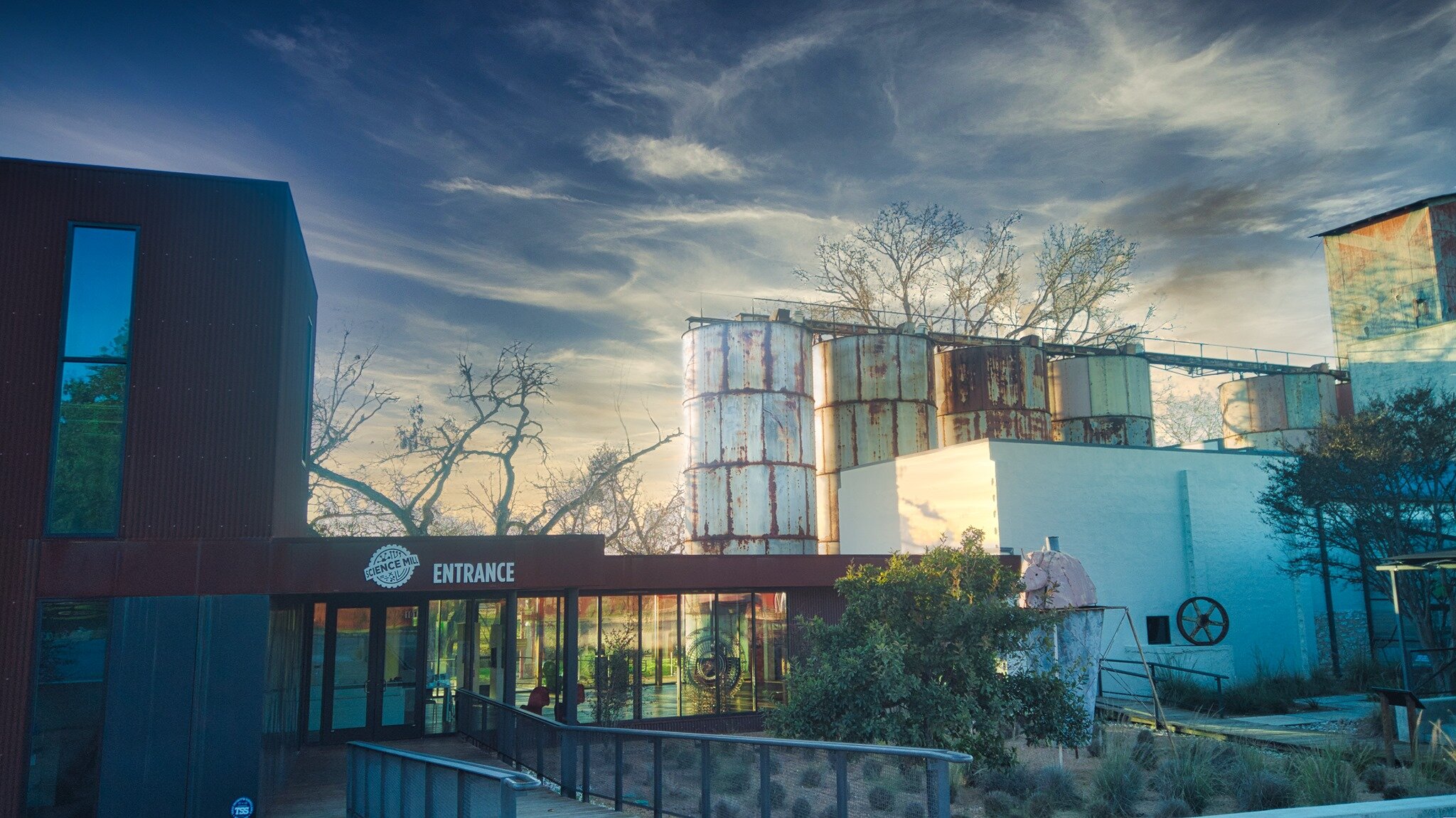
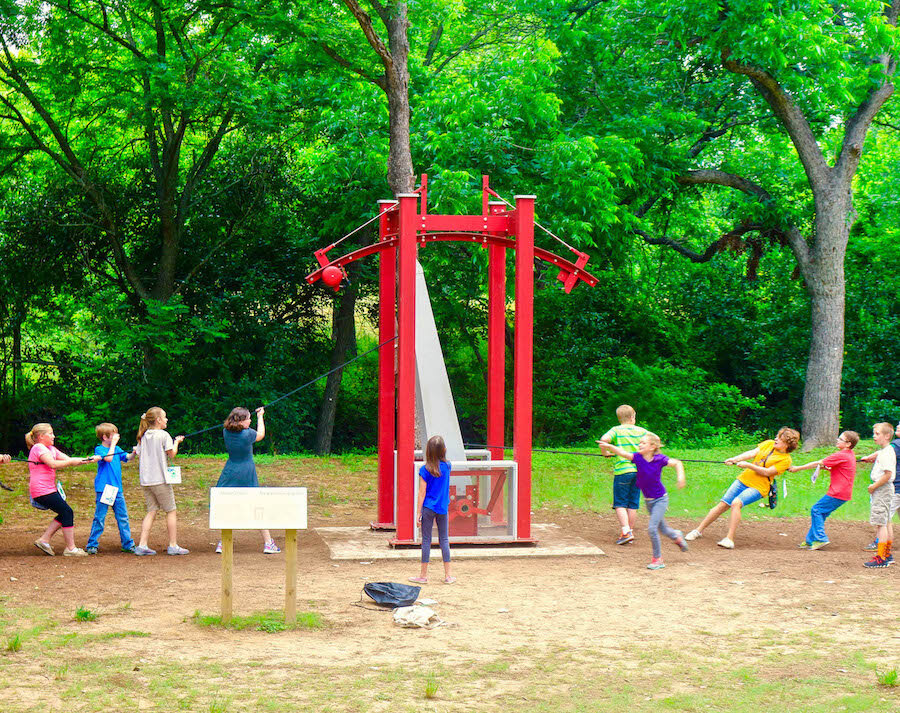
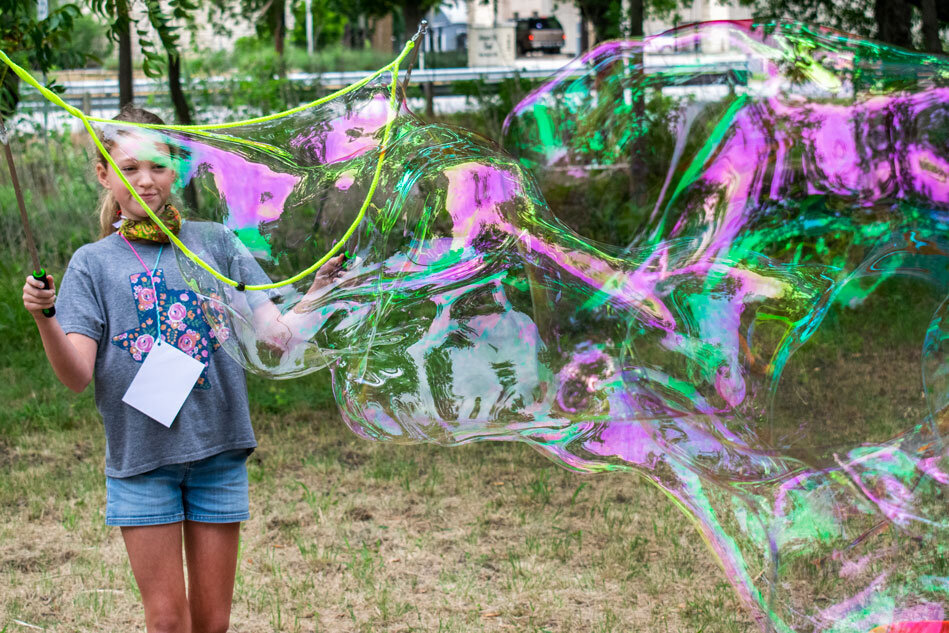
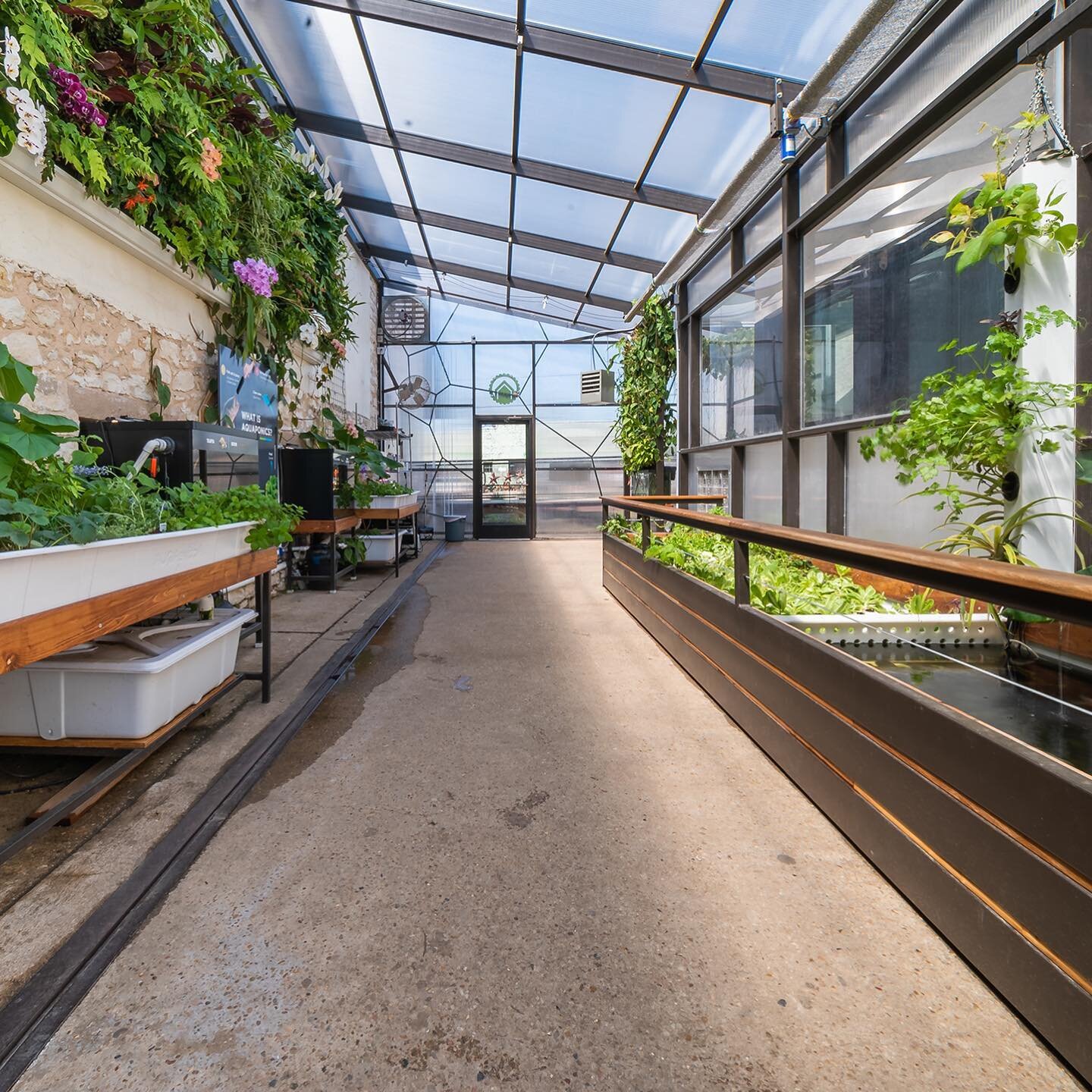
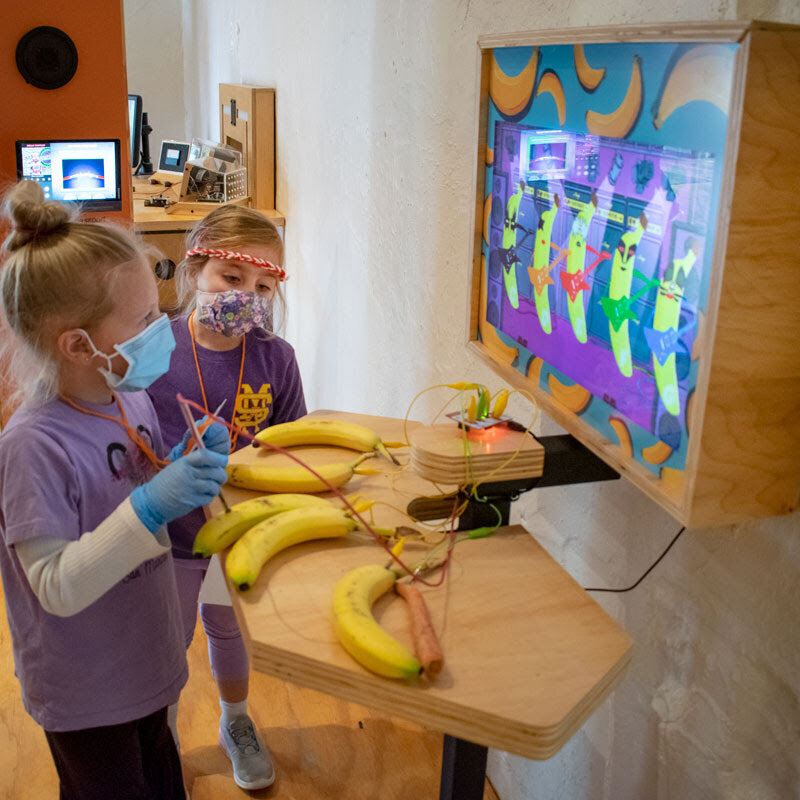
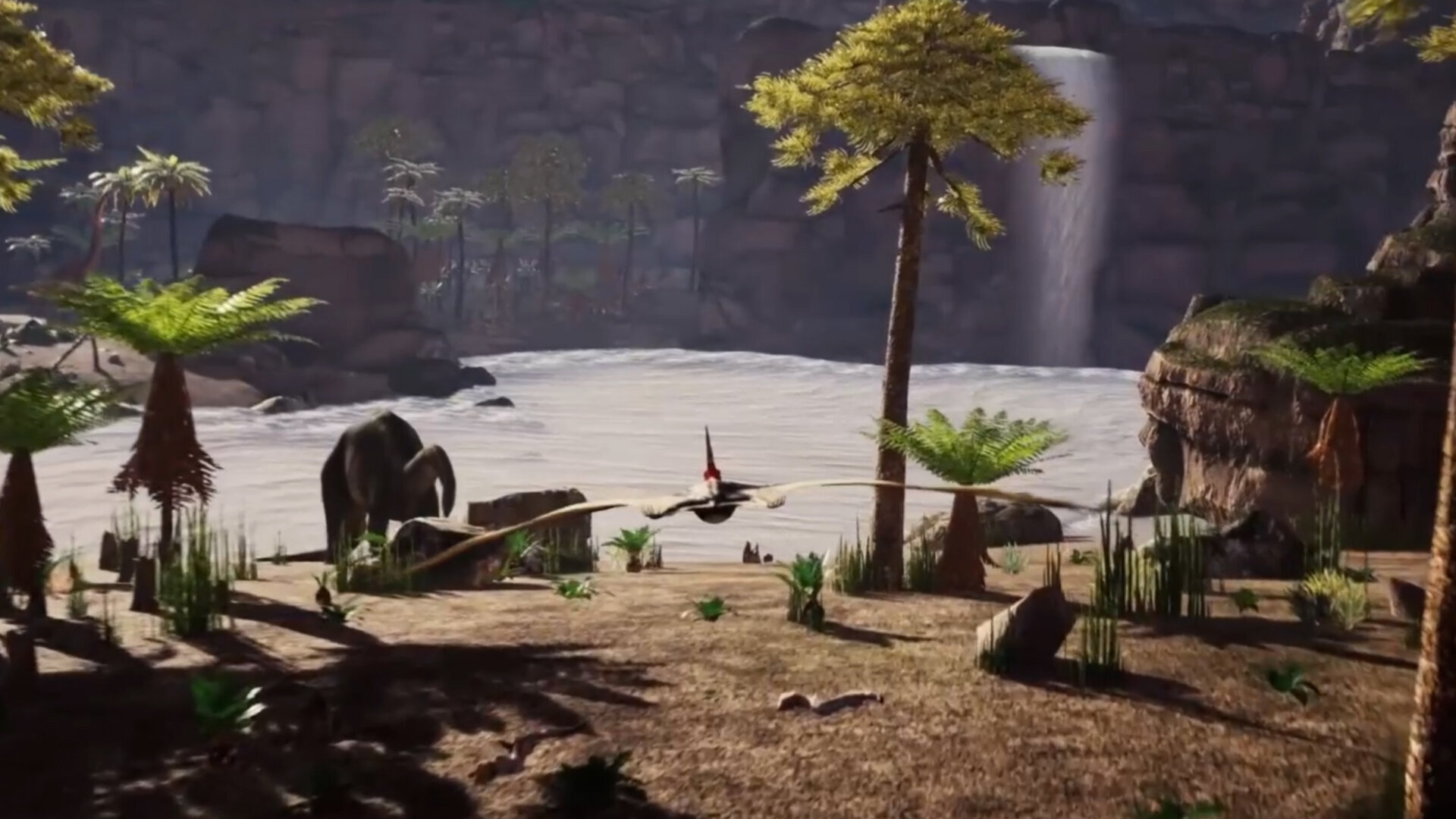
Located in downtown Johnson City, Texas, this historic mill-turned-science center has 50+ imaginative, interactive exhibits to try, so you’ll want at least two hours (or easily more) to explore. Be sure to check out the Science & Art Park, newly expanded in 2020, for visitor favorites like the Colossal Robotic Hand, Fossil Dig and Giant Bubbles Station. Inside the museum, build your own race car, code robot critters, discover an aquaponic greenhouse and much more. And if “Fly like a pterosaur” is on your summer bucket list, we’ve got that covered, too: check out Jurassic Flight 4D, our new full-body, dino-focused virtual reality experience; reserve free tickets at the admission desk—limited spots available daily, so arrive early!
For a speedy and contact-free entry, buy general admission tickets online. Visit our What’s New & FAQs pages to learn how we’re keeping hands-on science safe. Traveling with a group? We offer special discounts and activity packages for Group Visits!
Stroll the town square
A short walk from the Science Mill, historic downtown Johnson City has quirky shops and a vibrant art scene (most galleries open Fri-Sun). Shop unique local vendors at Market Days, the 4th weekend of the month, March-Nov.
Natural wonders & wild things
Hike, fish, swim and play at Pedernales River Nature Park and nearby Johnson City Park, a two-minute drive from the Science Mill. Or, reserve passes at Pedernales Falls State Park, where you can bird watch, bike, tube, kayak and camp. Pick up a Junior Ranger Journal for outdoor science ideas.
Turn your trip into a safari at the Exotic Resort Zoo, just north of downtown. Greet gazelles, camels, yaks and more on guided tours and at the petting zoo.
Travel through Texas history
Follow presidential footsteps through the Lyndon B. Johnson National Historical Park, including the park Visitor Center, LBJ’s Boyhood Home and the Settlement Trail (and his grandparents’ 1860s log cabin), all within walking distance of the Science Mill. Head 14 miles west to the LBJ Ranch for a self-guided driving tour and see the early one-room schoolhouse, reconstructed birthplace, the grounds of the Texas White House and more. Download the LBJ Park app for self-guided tours and print out a LBJ Junior Ranger booklet.
The adjacent Lyndon B. Johnson State Park & Historic Site is home to the Sauer-Beckmann Living History Farm, where you can hear stories from the past as park rangers in 1890s garb spin yarn, blacksmith and demonstrate other farm chores.
Local flavor
What’s a day trip without tasty treats? At the Science Mill, enjoy farm-to-table food from Lady Bird Lane Cafe or pack a picnic; there are plenty of outdoor tables and shaded spots for blankets in the creekside pecan grove.
Family dining near downtown includes Proof & Cooper (outdoor playscape and patio), Pecan Street Brewing (kid- and pet-friendly biergarten) and Johnson City Coffee Co. (shaded patio). Indulge at Fat Boy Burgers (garden dining) or pick up snacks at Whittington’s Jerky and General Store. Further west on Hwy 290, on the way to the LBJ Ranch, order ahead at Hye Market (in a post office used since 1886!) and find just-picked peaches mid-May to August at Burg’s Corner, Vogel Orchard or Gold Orchards.
Family road trip on U.S. 290
Heading west from Johnson City on U.S. 290, or east toward Austin? Consider these add-ons to your Hill Country itinerary!
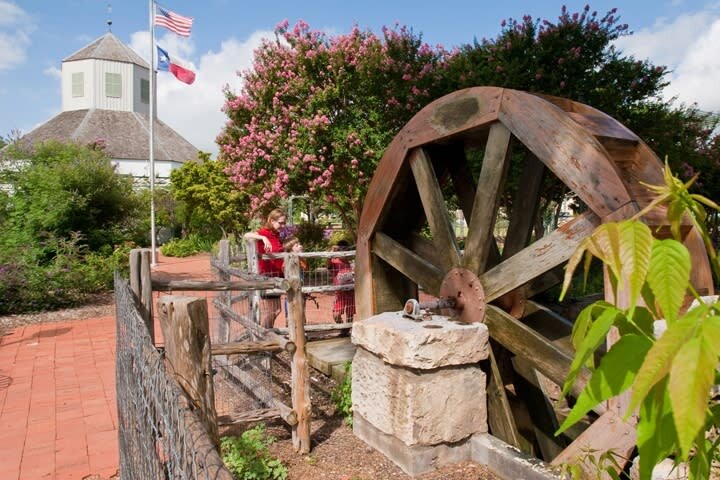
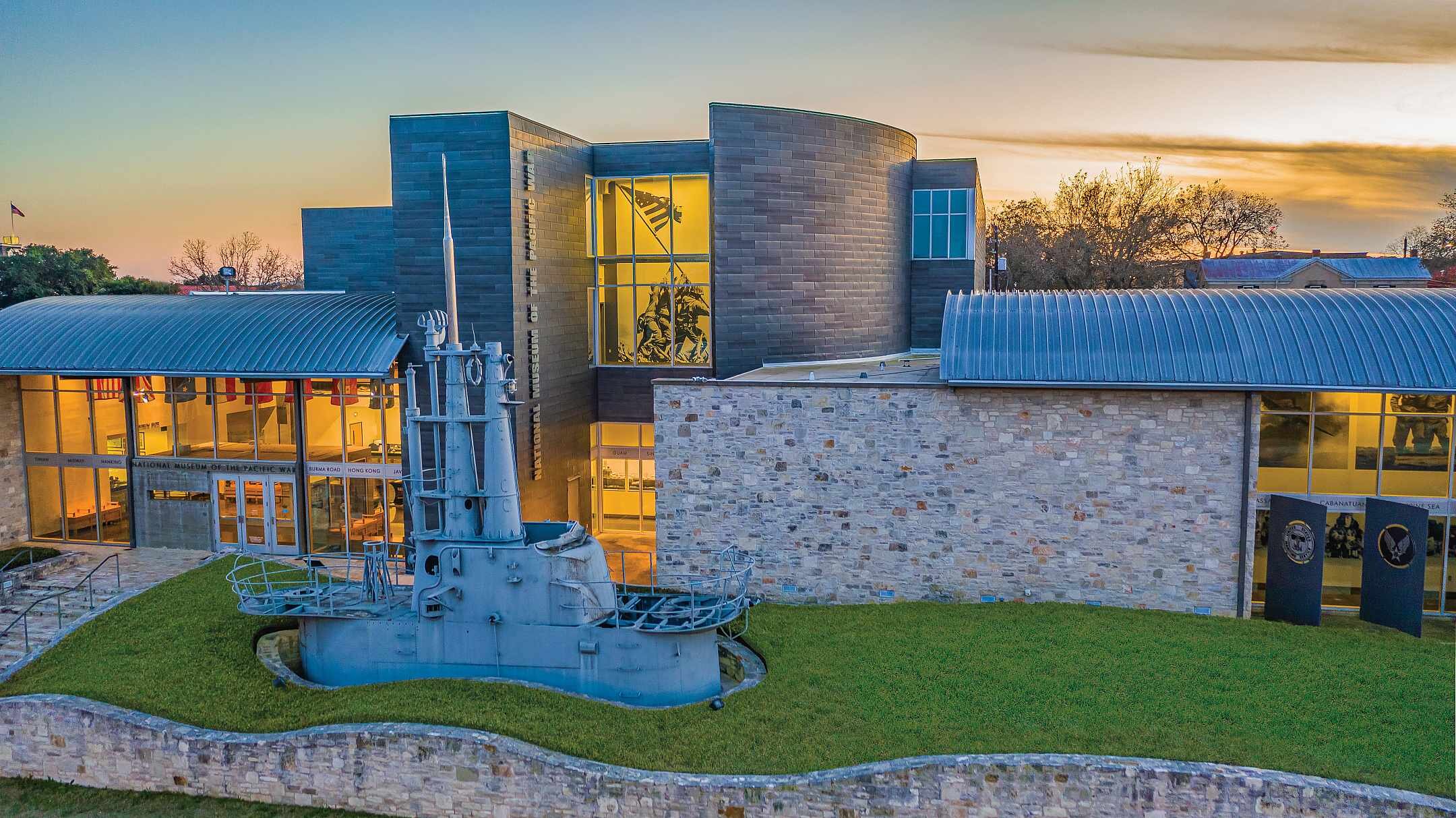
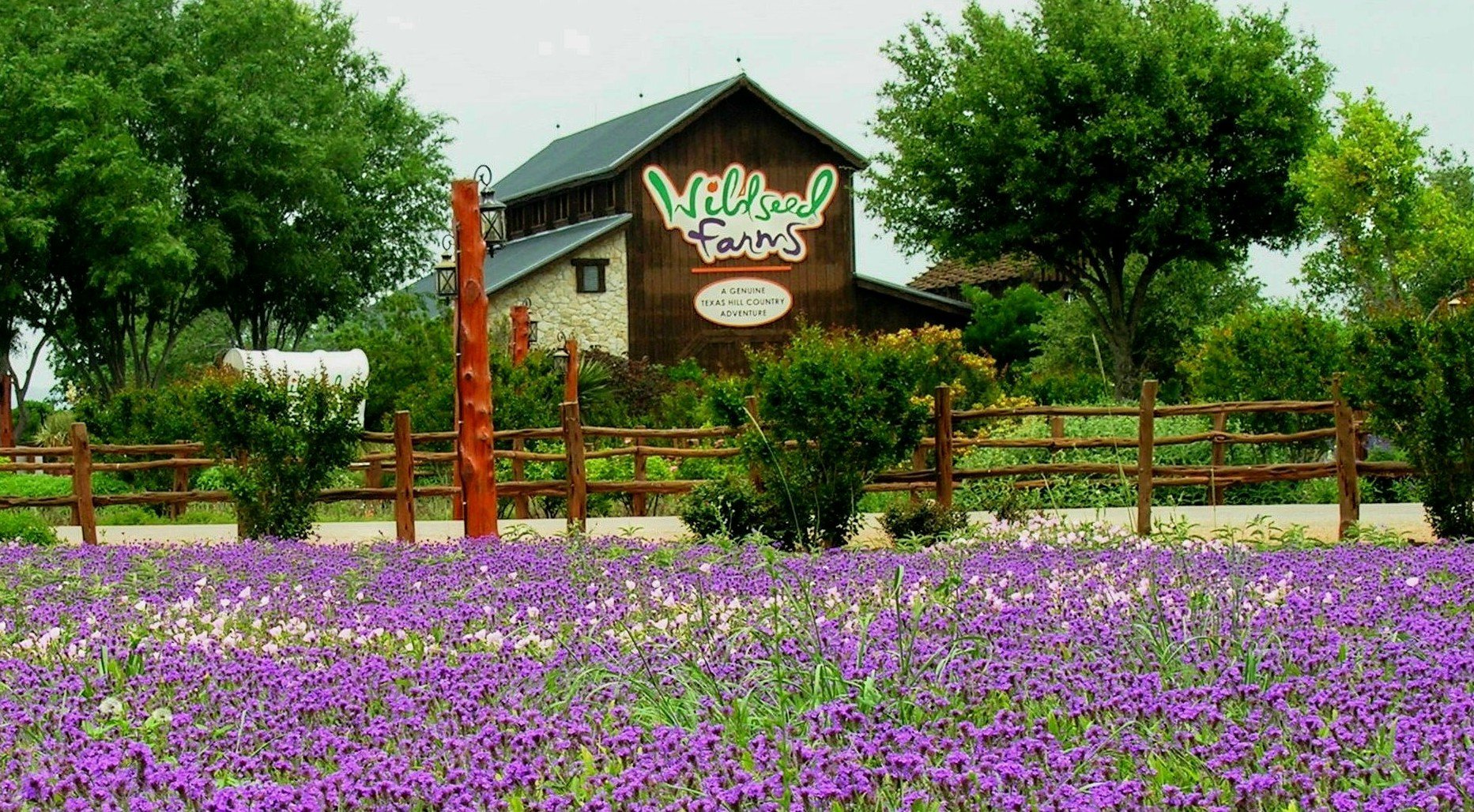
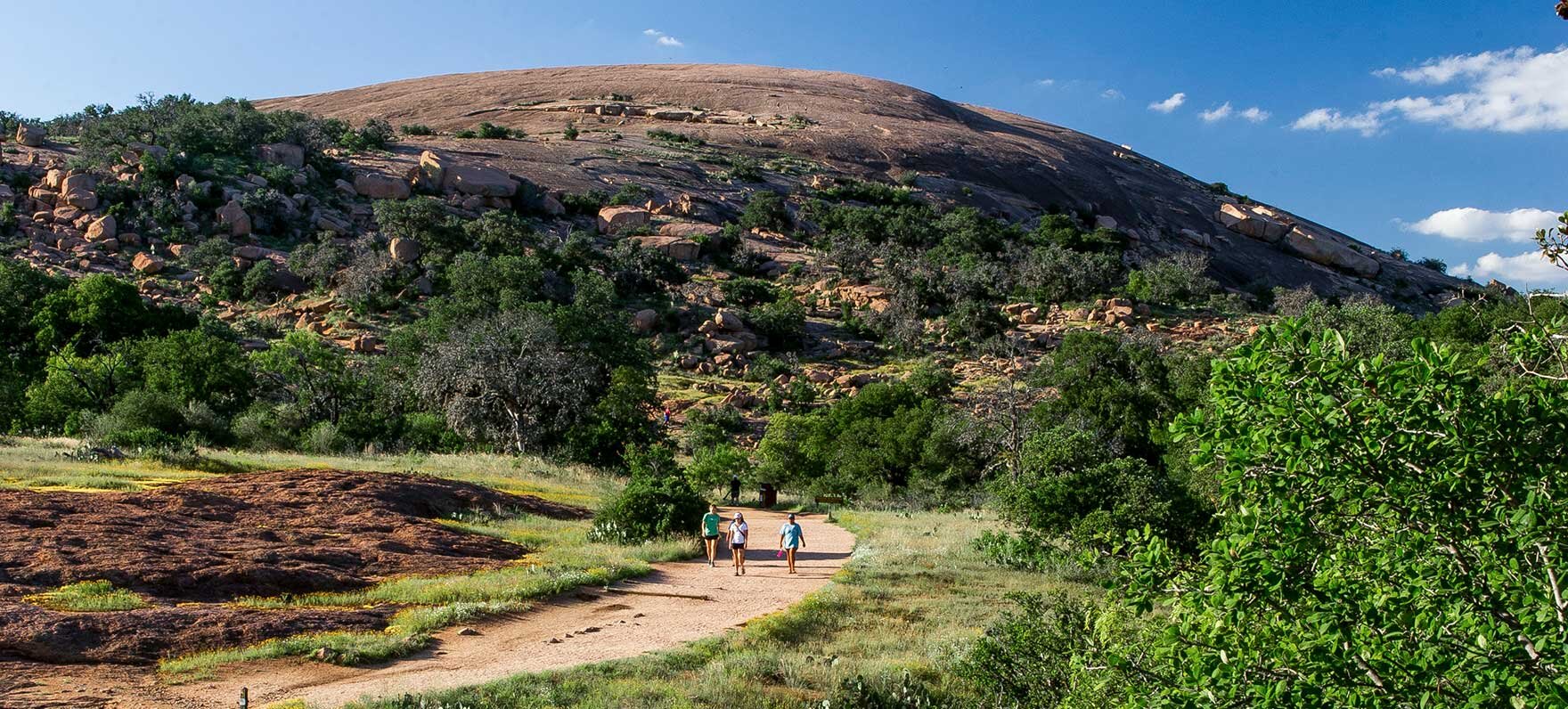

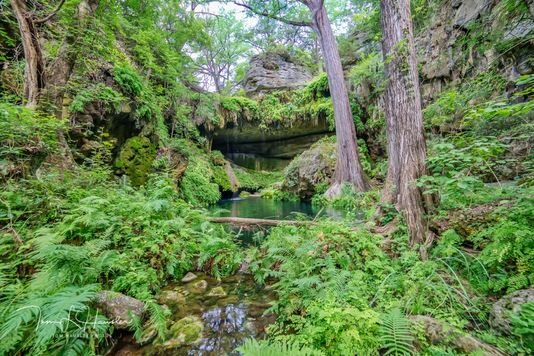
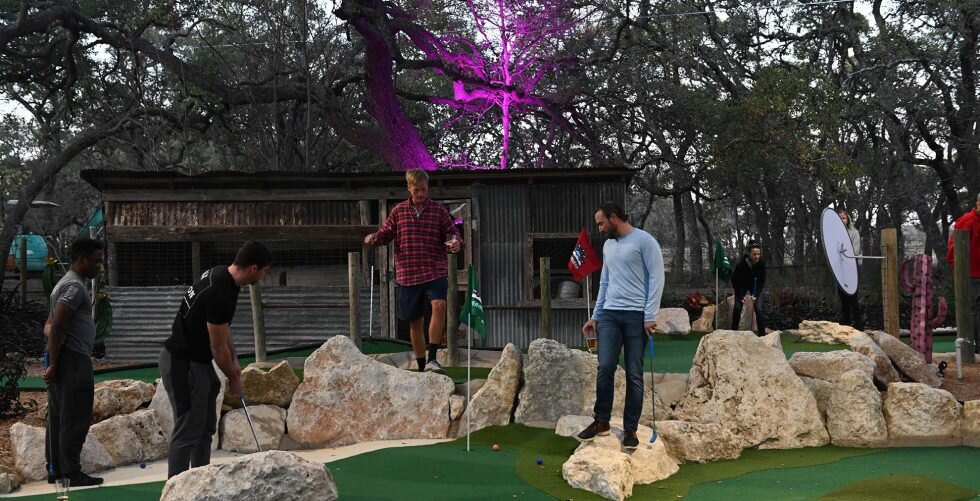

Fredericksburg (30-35 min. from the Science Mill)
Explore the city’s German heritage at the Pioneer Museum, Vereins Kirche Museum and Marktplatz park. Other historical attractions range from the National Museum of the Pacific War (reservations recommended) to a driving tour of one-room schoolhouses. For wildflower photo-ops, follow Willow City Loop in the spring or head to Wildseed Farms, where commercial flower fields are open for family strolls (food available). Travel further north to hike the granite batholith at Enchanted Rock State Natural Area or south to watch a mesmerizing bat emergence at Old Tunnel State Park Bat Cave (both require reservations).
Dripping Springs (25-35 min. from the Science Mill)
Take a guided tour through a breathtaking grotto at Westcave Outdoor Discovery Center & Preserve (reservations required; visit website for upcoming family programs). Then it’s play time! Dreamland combines outdoor art with mini golf, pickleball and more (food available). At Almost Grown Play Café & Ice Cream Shop, ages six and under can explore the indoor play village, while the rest of the family enjoys a snack (reservations required). Stop by local favorite Rolling in Thyme and Dough to dine in the garden or grab food to go from Crepe Crazy.
Family road trip on U.S. 281
If you’re traveling on U.S. 281 between San Antonio and Johnson City (or points beyond), consider stops in Blanco or Canyon Lake.
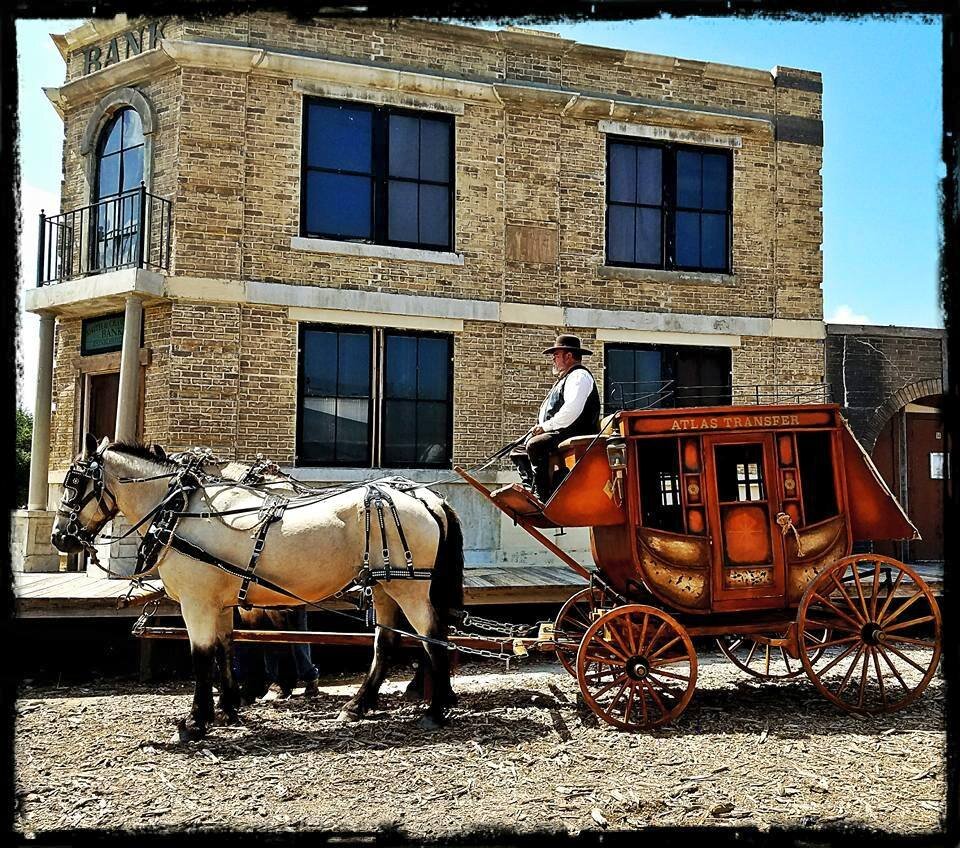
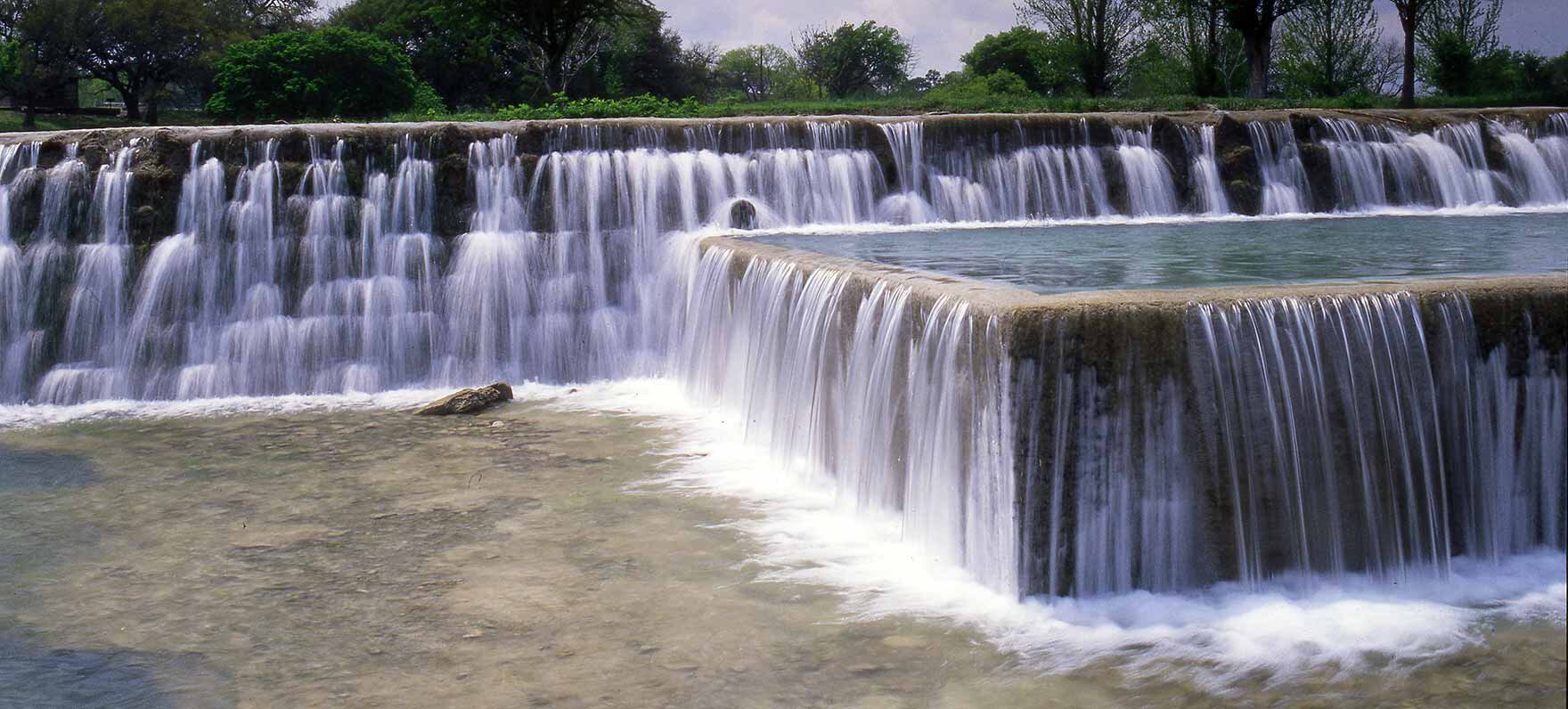

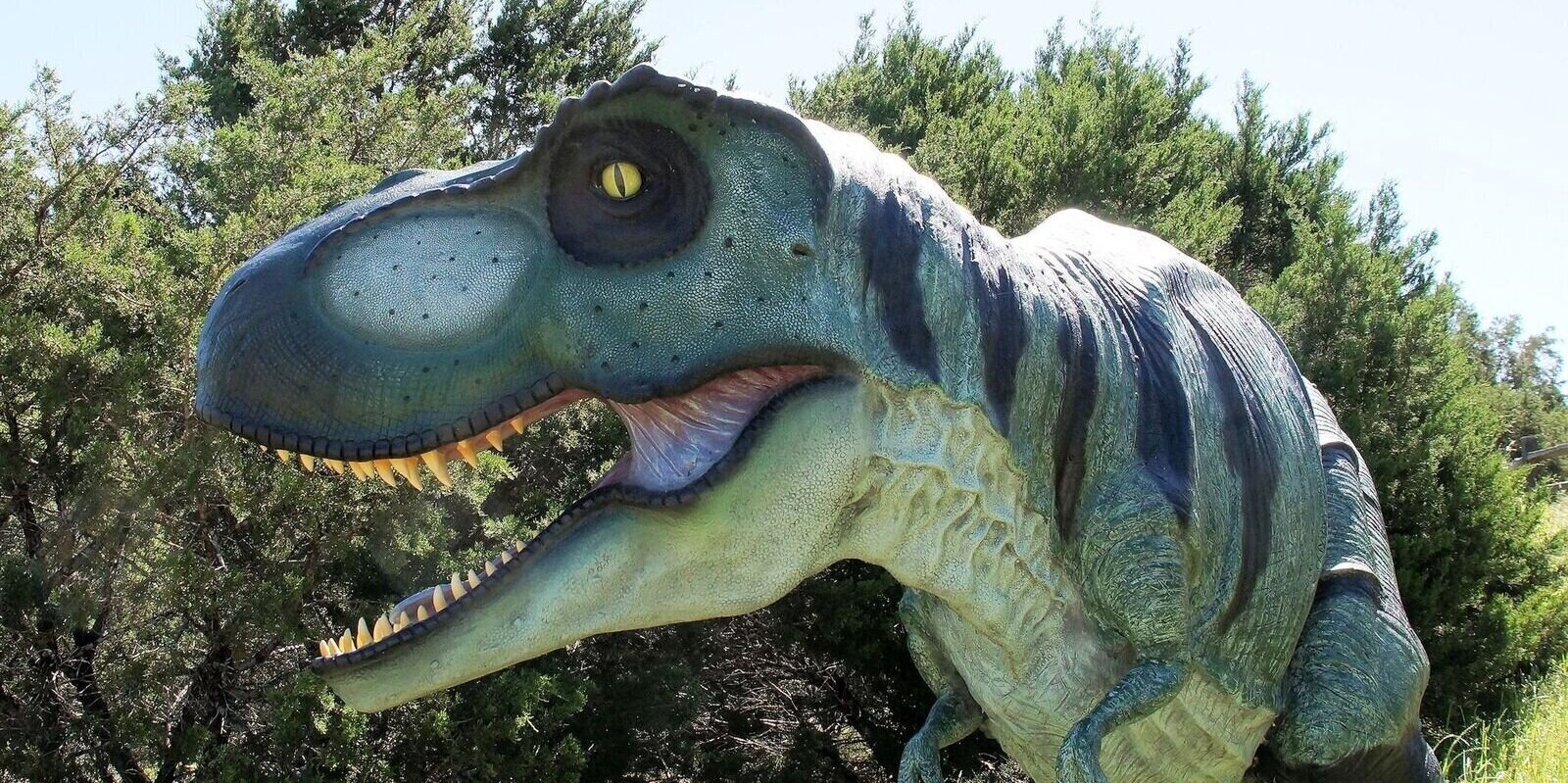

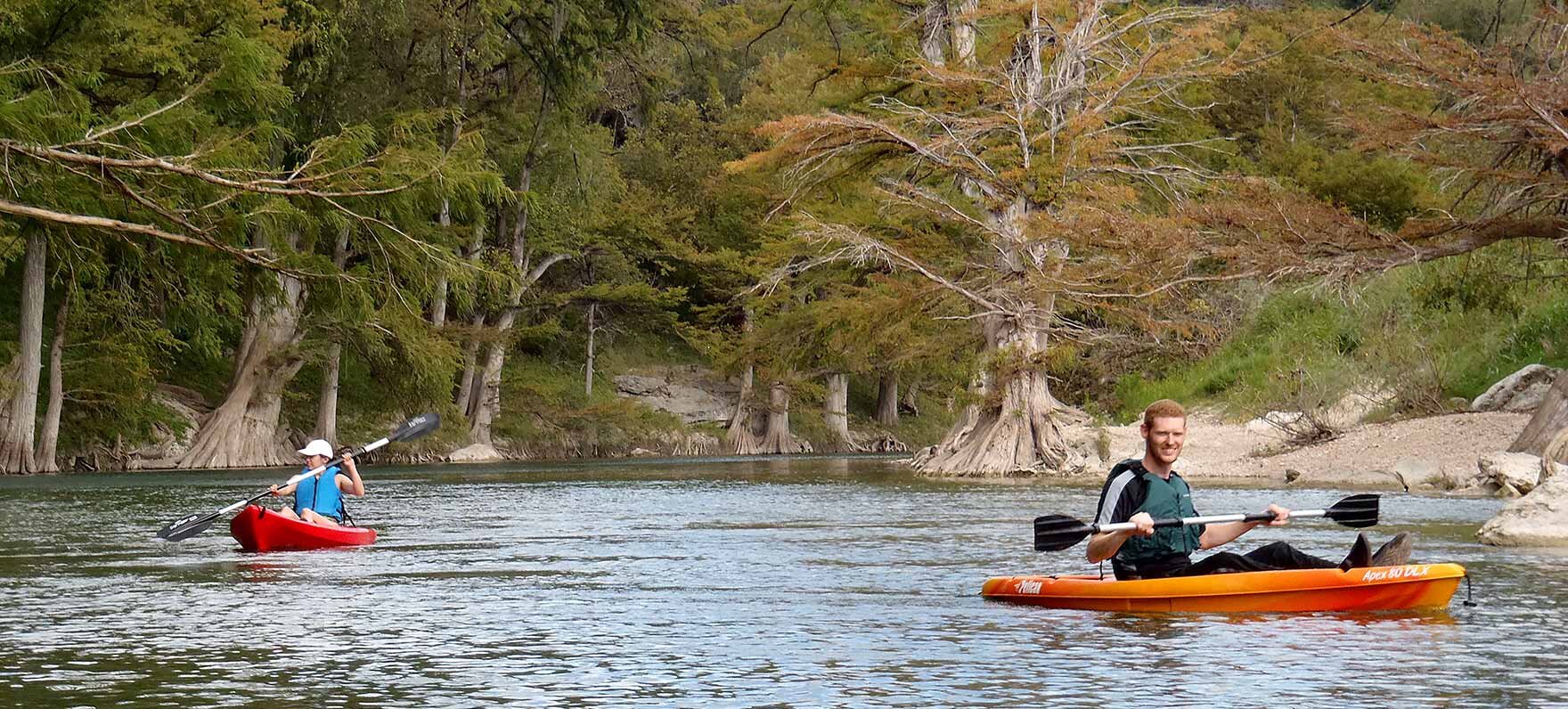
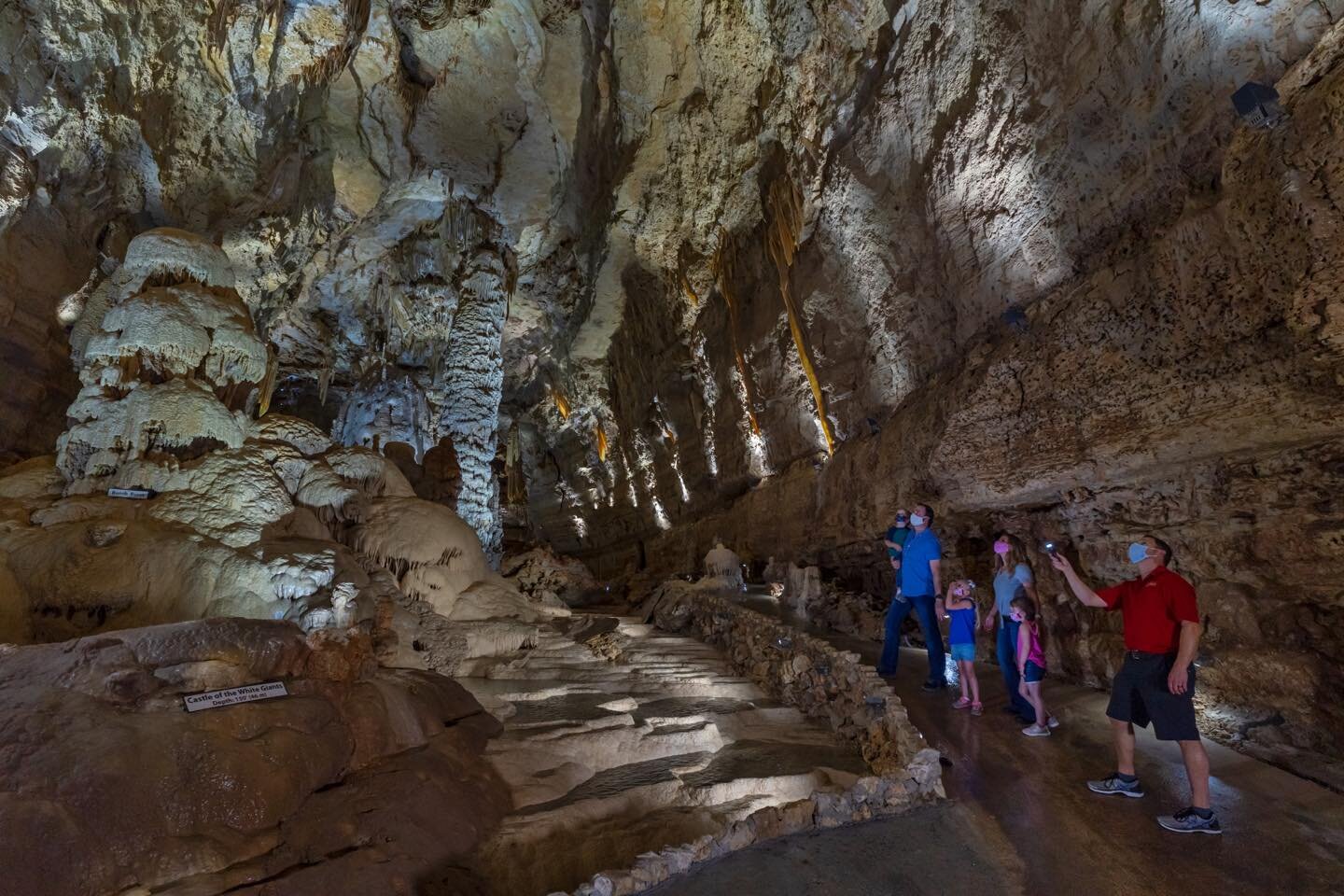
Blanco (15-20 min. from the Science Mill)
Welcome to cowboy country! Discover local history at Blanco Pioneer Museum (Sundays only) and the Buggy Barn Museum—a one-of-a-kind collection of horse-drawn vehicles. In nearby Blanco State Park, rent kayaks and tubes for a day on the water (reservations required). The historic downtown has dining options near picnic-ready Bindseil City Park, including Old 300 BBQ (outdoor patio), Blanco River Pizza Co. and Redbud Cafe (+ pottery studio).
Canyon Lake (45-50 min. from the Science Mill)
Follow real dinosaur tracks at the Heritage Museum of the Texas Hill Country, which also has fossil exhibits and model dinosaurs. The three-hour guided Canyon Lake Gorge Tour is physically demanding, but offers an up-close look at fossils, dinosaur footprints and waterfalls (ages 7+; reservations required). For more natural attractions near U.S. 281, visit Guadalupe River State Park near Spring Branch (reservations recommended) or Natural Bridge Caverns west of New Braunfels.
With so much to do, you may want to upgrade your Hill Country getaway from a day trip to a long weekend. Johnson City has a helpful resource to find local inns, rentals and campgrounds.
Now, hit the road! Drop us a digital postcard on Facebook, Instagram or Twitter and tag us to show off your favorite stops.
